Top 10 Worst Operating Systems
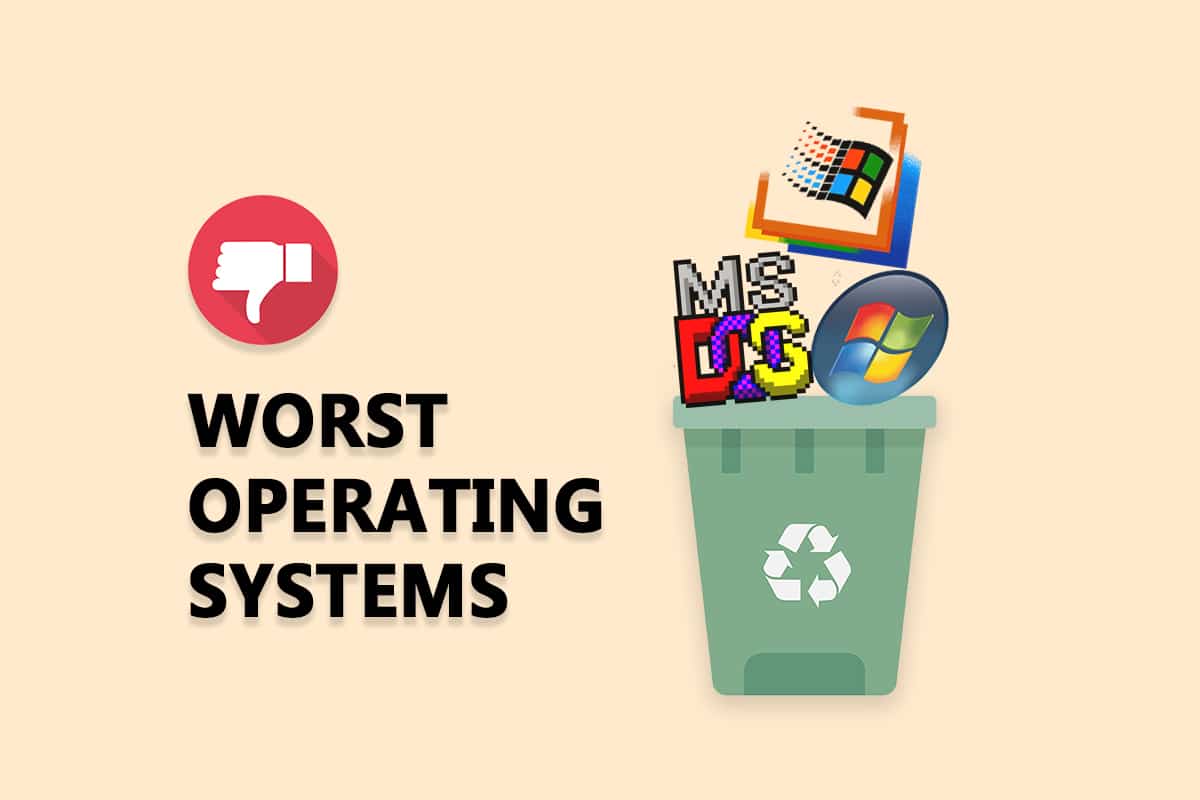
It is important to understand this before we delve any further. Just like we visit a salon to modify our look and become trendy. Similarly, you need to fashion the hardware capabilities of your personal computers. You must be aware of the best Operating Systems available for use today. But, you should also dwell on the worst operating systems to save yourself from slow or damaged computers. We bring to you the list of the best failed operating systems in this article.
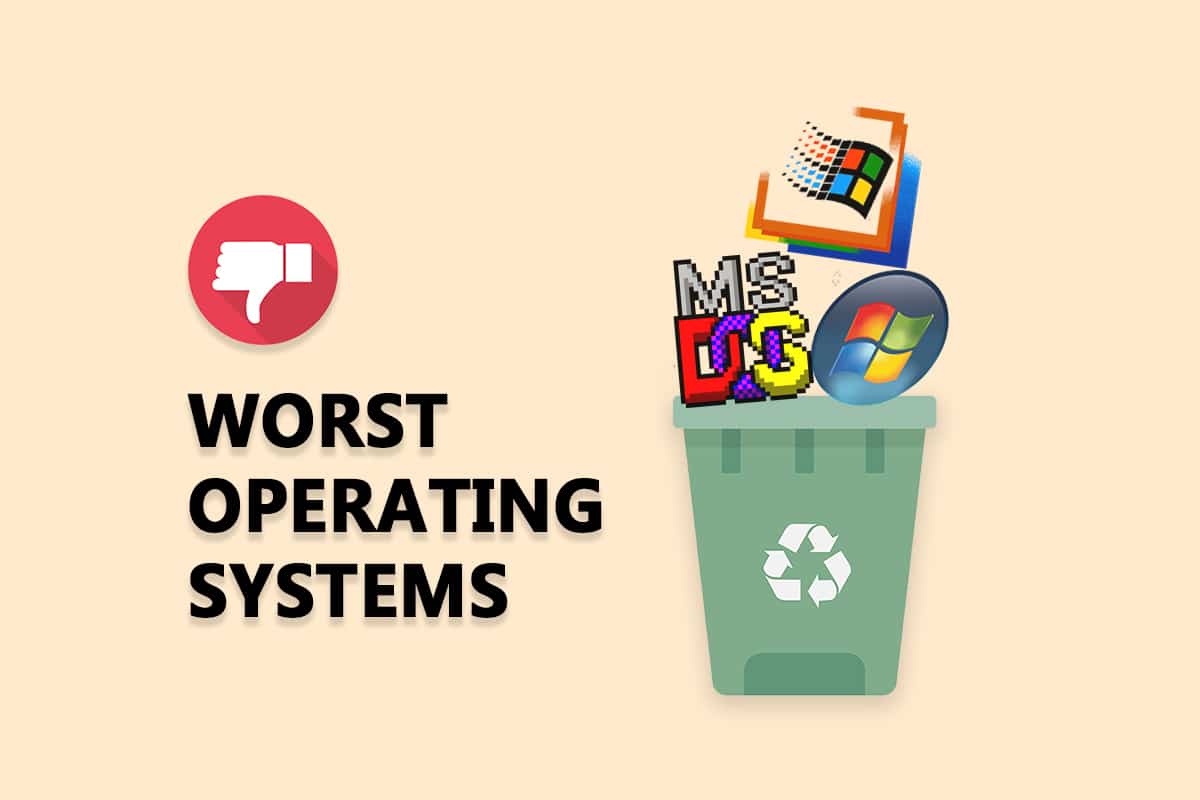
Top 10 Worst Operating Systems
Generally abbreviated as OS, Operating System handles system data and acts as an interface between the hardware and the software of a computer. Simply put, it acts as a medium of communication for the person operating the PC and the machine itself. Operating Systems can be classified into:
- General-purpose computer operating systems
- Real-time mobile operating systems.
Let us now discuss the 10 worst Operating Systems of all time individually.
1. MS-DOS 4.0
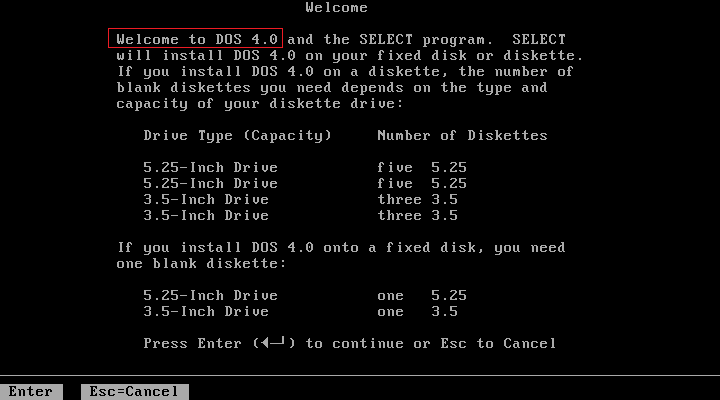
A proprietary product of Microsoft developed in 1986, was released in the market in 1988. Compared to the earlier versions, it was tagged to be the rotten egg of the Microsoft basket for the reasons listed below:
- It would just stop operating in the middle, out of nowhere.
- It could not multi-task; so, it would run only one program at a time
- Due to its inability to multitask, it was unsuitable for work-station applications
- This OS was highly user-dependent. Hence, it could not be used in case the user forgot its commands.
- For new users, it was difficult to remember all of the commands. This made them move away from this software.
- It faced difficulty in accessing any RAM with more than 640 MB of storage space.
- It did not accept the automatic Interrupt Request (IRQ) command. Thus, a user could not run any new program while putting the program already running on hold.
2. Windows ME
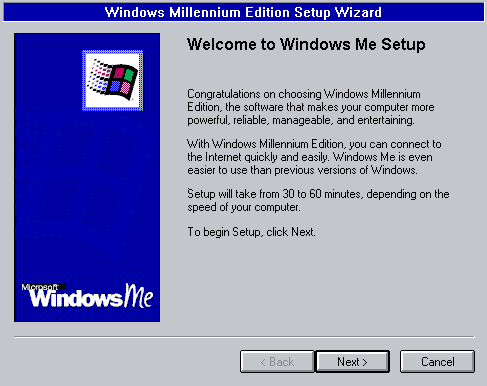
Windows ME or the Millennium Edition of Windows was a proprietary software of Microsoft launched in September 2000. It had the following drawbacks:
- Being ridden with bugs, it became a highly unstable system.
- Features like System Restore & Program Installation were a complete disaster because they re-installed the already deleted viruses on the computer.
- This made it a very slow, insecure, and unstable system.
- System parameters of some devices did not support the pre-installed hardware.
- Many a time, moving the mouse after returning to work post small breaks, resulting in Windows ME crashing.
- Another reason was that its usage was limited to home-users only.
- This OS was not available in the open market.
- Lack of security updates was another major problem with this software.
- Trying to function as both, 16-bit & 32-bit OS brought about more chaos in its operation rather than improving it.
- The major reason for its failure was the withdrawal of support by Microsoft itself.
- The launch of Windows XP, just within one year of the release of this software, proved to be a fatal blow.
Also Read: Fix Windows 10 Sleep Mode Not Working
3. Windows Vista
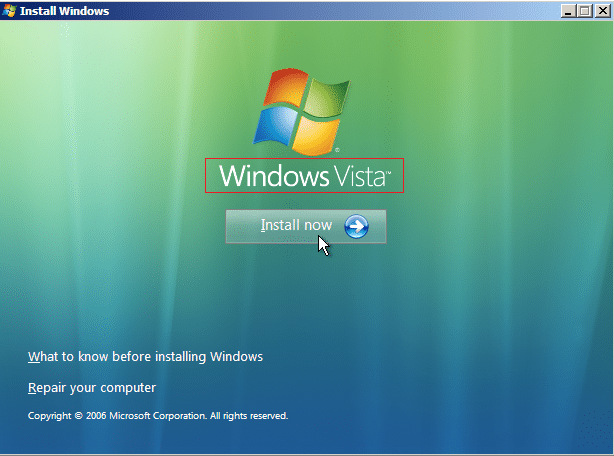
Windows Vista was released in the month of November in 2006, after the release of Windows XP, its powerful predecessor. It obviously had to toil hard to make a name for itself in the marketplace. Unfortunately, it could not build on its reputation and was flagged to be amongst the ten worst operating systems of all time. Here’s why:
- This software was prone to bloating i.e slowing down of programs.
- It also occupied larger memory space due to numerous pre-installed programs and the addition of unwanted new features to the existing programs. This is known as software creep.
- Such software creeping made it confusing and at times, difficult to use this failed operating system.
- There was poor compatibility between the hardware and the software. For example, Windows 7 is not compatible with Windows Vista. So, usually, both cannot be used simultaneously, on the same PC, due to different hardware requirements. Therefore, Windows Vista required only Vista-compatible computers.
- For security reasons, it only allowed the installation of signed drivers. This meant that a software developer would need to obtain an Authenticode certificate from Microsoft. This certification was very costly and out of reach for smaller, non-branded developers.
- Pricing was another issue with this software as it was very costly for most people.
- This OS did not allow certain programs such as Android Package Kit for installation of mobile apps, mobile games, Aero engineering, Windows movie maker versions, etc.
- Poor marketing of this operating system became another cause of its poor ranking.
4. Windows 8/8.1

With the idea of bringing out sweeping changes to the user interface, this software was launched in the year 2012. Microsoft realized that people no longer worked on a single device viz the personal computer; instead, they were using various devices like laptops, tablets, phones, etc. Therefore, Windows 8 was introduced to cater to the requirements of multiple devices. It failed to achieve its objective because:
- The discontinuation of the start button was an utterly confusing feature of this version.
- It did not fit the needs of a home computer as users kept getting more confused and frustrated than at ease.
- It disabled booting i.e. the process of starting a computer or a desktop. Instead, it enabled the booting of the start screen, leaving the users bewildered, yet again.
- Eventually, Microsoft had to restore the Start button on the desktop to avoid all of the uncalled-for commotions.
- Most of the applications in this OS were unable to work cross-platform and were functional in Windows 8 only.
- One had to search for the search icon, to initiate any search on your computer.
- This feature could have been easily placed on the desktop and this predicament could have been avoided, altogether.
- Windows 8 required training of company employees to use this software in an organization. This resulted not only in unwanted training costs but also, in the loss of employee productivity. It took more time, effort, and money to familiarize non-technical users with this software, generating more harm than good for the said organization.
- Upgradation to this system involved a change of drivers in the peripheral devices attached to the computer. Hence, all devices like printers, microphones, speakers, cameras, etc. required new drivers, thereby increasing system costs, even more.
- To invite a remote speaker using Windows 8 laptop, the remote microphone required a change to a compatible driver. This often made the use of remote meetings unfeasible.
- A split-brain syndrome kind of situation was created in an office employing Windows 8 systems. It could lead to data getting corrupt or inconsistent.
- Windows 8 resulted in a lack of efficient exchange of information amongst different employees in an organization and various users the world over.
In view of the above drawbacks, Microsoft released Windows 8.1 in October 2013, one year after the release of Windows 8. Window 8.1 fixed the existing flaws by overcoming the inconsistencies in Windows 8 and enabled the users to get a more efficient functioning. Although, that too was quickly given up in favor of Windows 10.
Also Read: Fix There Are Currently No Power Options Available
5. Window 1.01
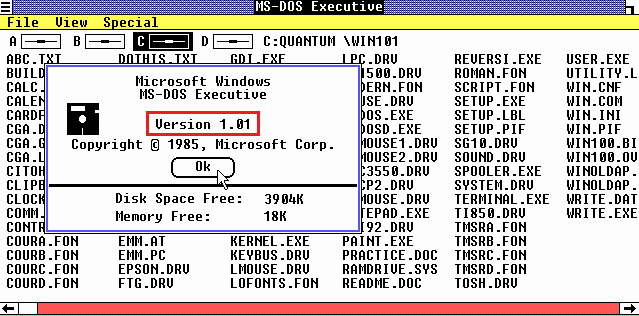
It is a Microsoft closed source, graphical user interface rather than DOS command-line interface commercial software. Though it was announced to be made public in November 1983, it was finally released as an added version of MS-DOS in November 1985. It was included in the list of 10 worst operating systems of all time due to the following reasons:
- Its poorly designed user interface could not meet the specific needs of the consumers.
- Its sudden collapse in the midst of a running program showed its poor workability. This just added fuel to the fire.
- The delay in the introduction of this system by two years further caused its downfall.
- The availability of the far superior Mac 2.1 OS which included AppleTalk networking, PostScript printing with laser writer printer, and sophisticated PC-based Hierarchical File System overpowered its features. Consequently, Microsoft could not generate much user interest in Windows 8 at the time of its launch.
- Its emphasis on the use of mouse input to control the user interface was not widespread at the time. It was beyond user comprehension and thus, couldn’t garner a fanbase.
- Its non-Y2K compliance coupled with lower hardware specifications resulted in performance issues.
- Its limited resource availability was unable to generate the desired interest and/or impress the new Windows users.
6. Corel Linux
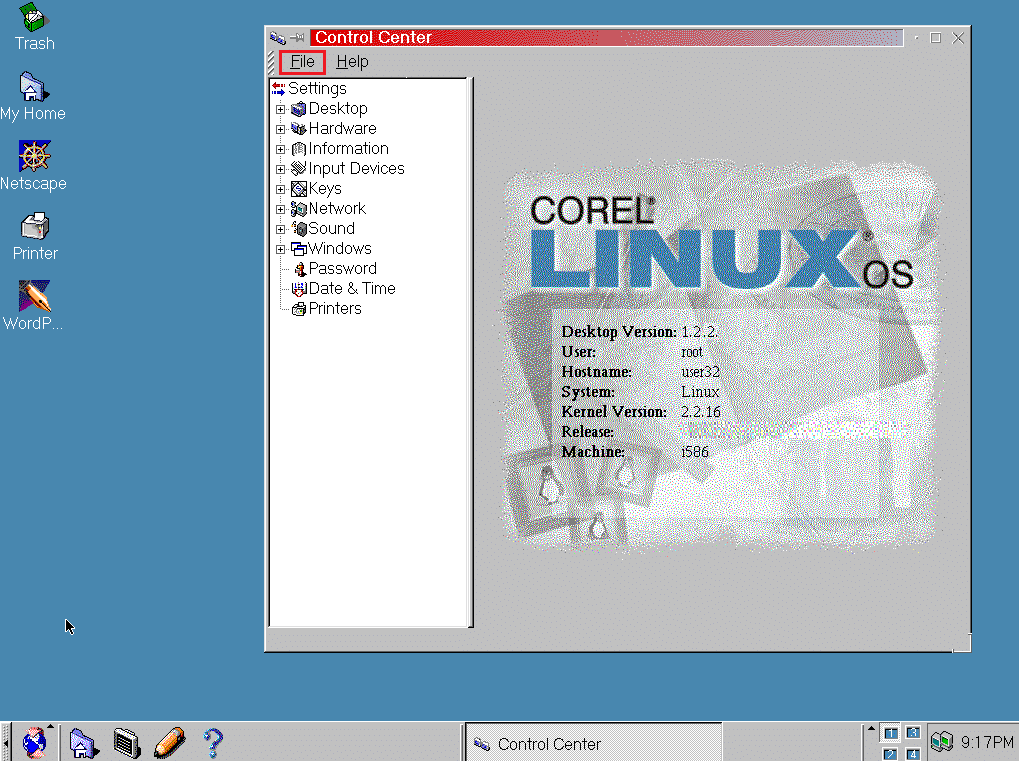
Of the three major OS for computers namely Windows, Mac, and Linux, Linux is the least talked about the open-source failed operating system. Linux was created by Debian and was released in the open market in November of 1999. It was touted to finally stop the monopoly of Microsoft but it failed miserably because:
- Its late release and existing availability of other operating systems like Microsoft Windows 98, Windows 2000, and Apple Mac OS 9, didn’t help it gain popularity.
- Unlike Windows and Mac, which had many definite versions, Corel Linux had no standard edition. With hundreds of user-developed editions floating in the market, it became very challenging to choose the best one. This confusion dissuaded new users from accepting it.
- The installation process of this OS was very cumbersome making the installation of new program files by new users a marathon.
- Most times, the installation of this software failed due to inherent software errors.
- More often than not, it crashed after an initial reboot of the installation files.
- Corel Linux file manager did not provide easy access to its drivers and took a long time to load files. This made it difficult to upload/download files online, further, discouraging new users from choosing it.
- There was difficulty in getting technical support in finding computer technicians well versed in Linux, as and when needed.
- With most of the people used to Windows and Mac, it required more effort and a broader knowledge base to use this failed operating system. It was quite challenging for new users and deterred them from pursuing it.
- Despite its late release, Corel Linux was graphically way ahead of its times. Many people could not understand or correlate, making a withdrawal from it an easier option.
Also Read: How to Set Alarms in Windows 10
7. Java OS
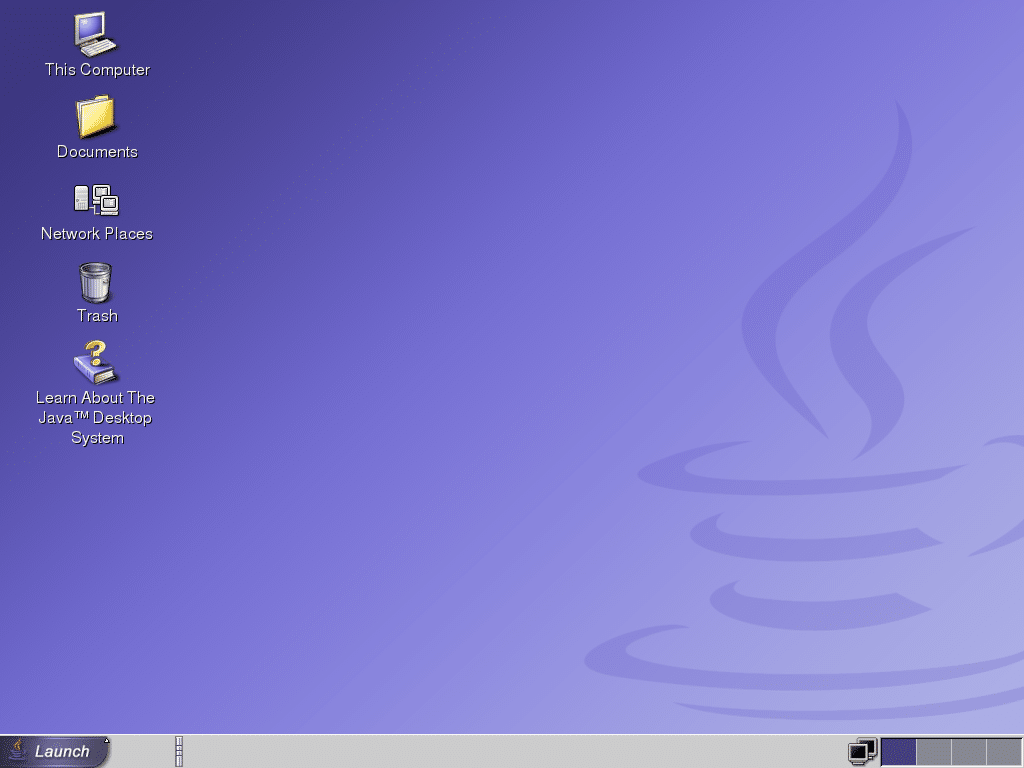
This brainchild of Sun Microsystems was developed with the assistance of IBM computers and was released to the public in 1996. Unfortunately, it did not take off as anticipated, in spite of the tremendous support from IBM computers. The main reasons responsible for its failure are listed below:
- Its performance was not at par with its competitors. It was considered to be drastically slower than the software written in other programming languages like C, C++, etc.
- Java operating system was written in Java, which was one of the hardest programming languages in comparison to the simpler C, C++ languages. People always prefer the easier option, which resulted in users distancing themselves from Java.
- Java operating system consumed higher memory space as compared to other OS because it was designed to run on Java network machines and embedded systems.
- Due to its slow performance and high memory requirement, the hardware required was more complex. This resulted in higher hardware costs making it costlier.
- It provided no backup facility. So, it was not possible to recover data lost due to hardware or software failure.
- Similarly, you could not recover any previously stored data in the event of a malicious virus or malware attack, data corruption, or accidental data deletion.
- Java operating system lacked a good GUI and froze repeatedly.
8. Symbian
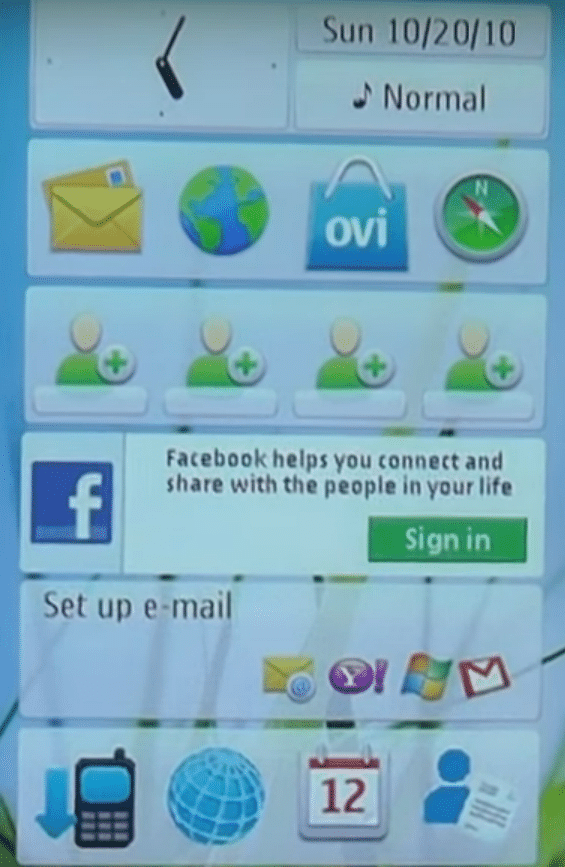
The Symbian operating system launched by Nokia came into existence in the year 1997. It was designed as a mobile operating and computing system for smartphones. It made its presence felt and gained popularity during the launch of the Nokia S60 software platform in 2002. But the system had many fallacies, placing it in the list of the ten worst operating systems of all time. Let us take a look at a few:
- This failed operating system was easily affected by bugs and viruses.
- It was highly prone to errors.
- The default browser provided with Symbian OS was very poor in terms of market response and could not stand in competition with Apple iOS in 2007 and Android in the following year.
- It could never rectify the deficiencies or improve its User Interface. It mirrored the user interface of Apple and Android, its competitors.
- Nokia did not make its presence felt or search for new applications for its failed operating system to improve its market footprint.
- The Symbian OS found it difficult to load WAP-enabled web pages. WAP or Wireless Application Protocol is a contract that enables instant connectivity between wireless devices like mobile phones and the internet.
- This software was incompatible with various versions of the Symbian operating system, resulting in further decreases in its popularity among its users.
Also Read: Fix Hard Drive Not Showing Up in Windows 10
9. ITS
The Incompatible Timesharing System or ITS operating system was a product of the late 1960s. It was written in DEC PDP-6 and PDP-10 assembly languages with each file stored in its designated directory. This failed operating system supported one mono-case, six-character file name per directory. It could not stand the test of time and was thus, ranked amongst the ten worst operating systems of all time for the reasons indicated below:
- ITS did not require a password to log in which led to weakened system security. Anyone could log into your interactive sessions.
- Users made the best of system flaws and used crash commands to crash the system, on purpose to cause nuisance and disturbance.
- Privacy of use also stood compromised because anyone could edit your files, online documents, and even the source code.
- Using a command called OS or Out Spy, anyone could see what activities were taking place in other user terminals on the same network.
- A user could send an instant message to anyone, irrespective of whether they knew them or not.
- Ease of access, with or without a guest account, was allowed. Thus, anyone could enter like a tourist and actively join a session. This not only gave rise to but also encouraged the Hacker culture.
- The rise and popularity of UNIX, a multi-user, multi-tasking, and more stable operating system gained popularity over this system, with time. It became a better and safer link between the computer and its users, making them pull away from ITS.
10. Lindows
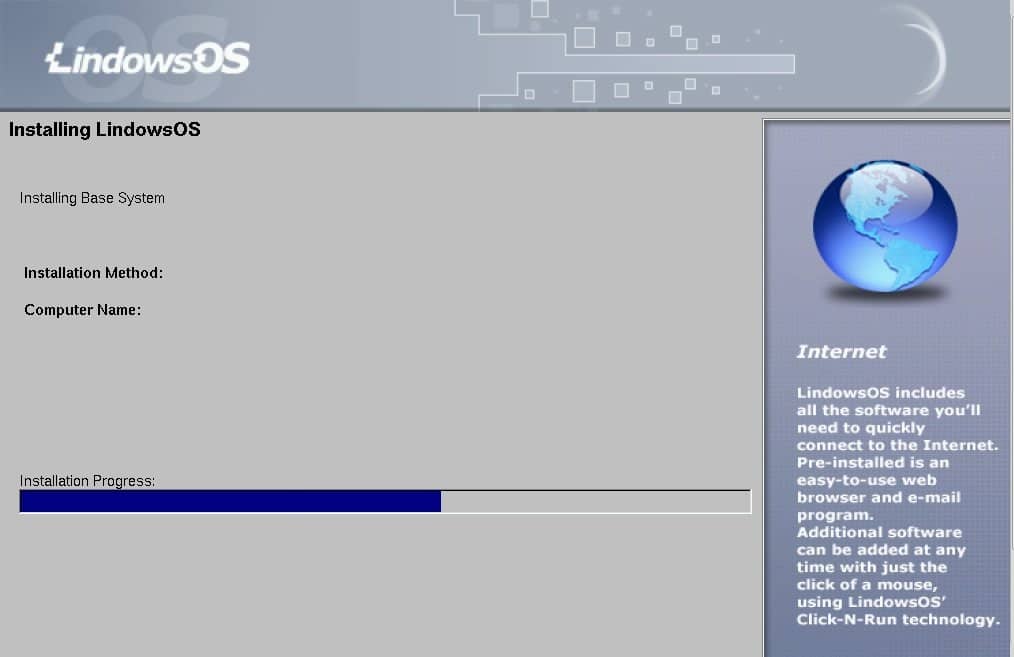
Lindows Inc. in the year 2001, tried to amalgamate and create a mix or hybrid version of Linux and Windows, naming it Lindows. In their bid to capture the Microsoft market and pull its customers away, its developers came up with this brilliant idea to combine the UX of Windows and the open-source capabilities of Debian Linux. They failed in their attempt miserably for reasons detailed below:
- This system was unnecessarily complicated and difficult to use by the average computer user.
- It was easily affected by bugs and viruses.
- The majority of the apps did not work on this platform.
- The applications required the use of WINE software and were ridiculously slow in operating.
- Though Red Hat Linux 8 (RH 8) was claimed to be free software, it had high hidden support costs, even for some basic support.
- Lindows was very clumsy-looking with not much to talk or write about.
- If you really want to run Windows applications on Linux, it is better to get CodeWeavers ‘CrossOver’ Linux application as an alternative.
Moreover, due to copyright infringement with its name, Lindows had to through various lawsuits. Microsoft had to pay a heavy compensation and then, decided to use it under a new name Linspire.
Recommended:
Personally, in addition to the above, there were some other failed operating systems like GNU Herd and SCO Open Desktop which were not far behind on the list of the worst operating systems of all time. This list is not exhaustive but it would have to suffice for now. Let us know what you want to learn about next.